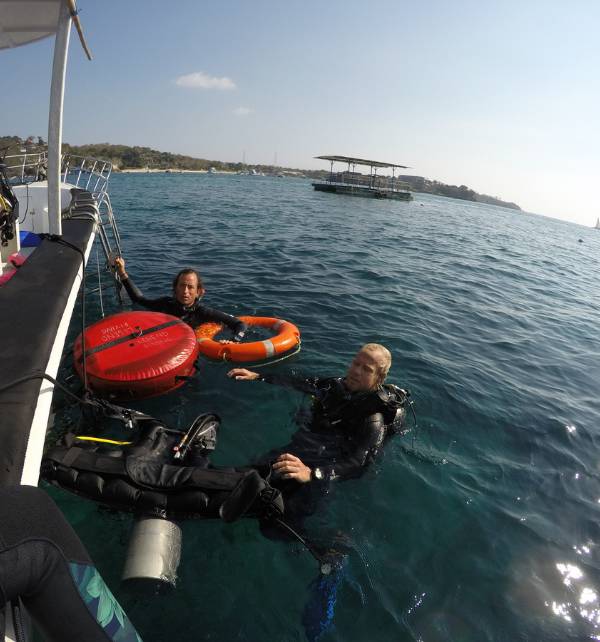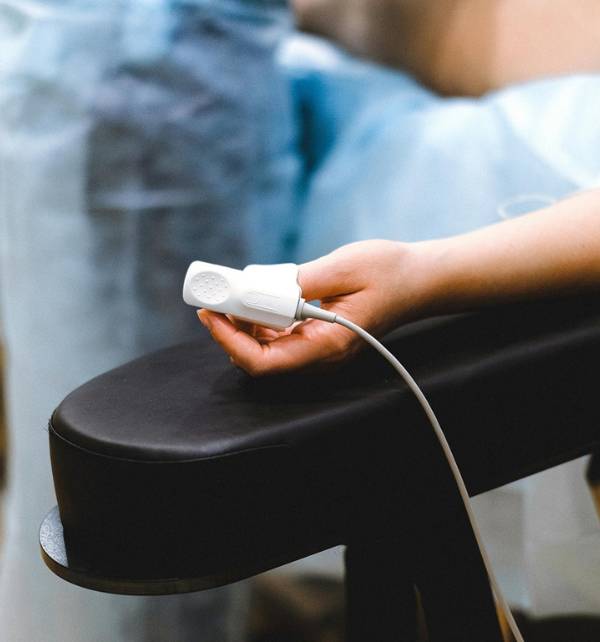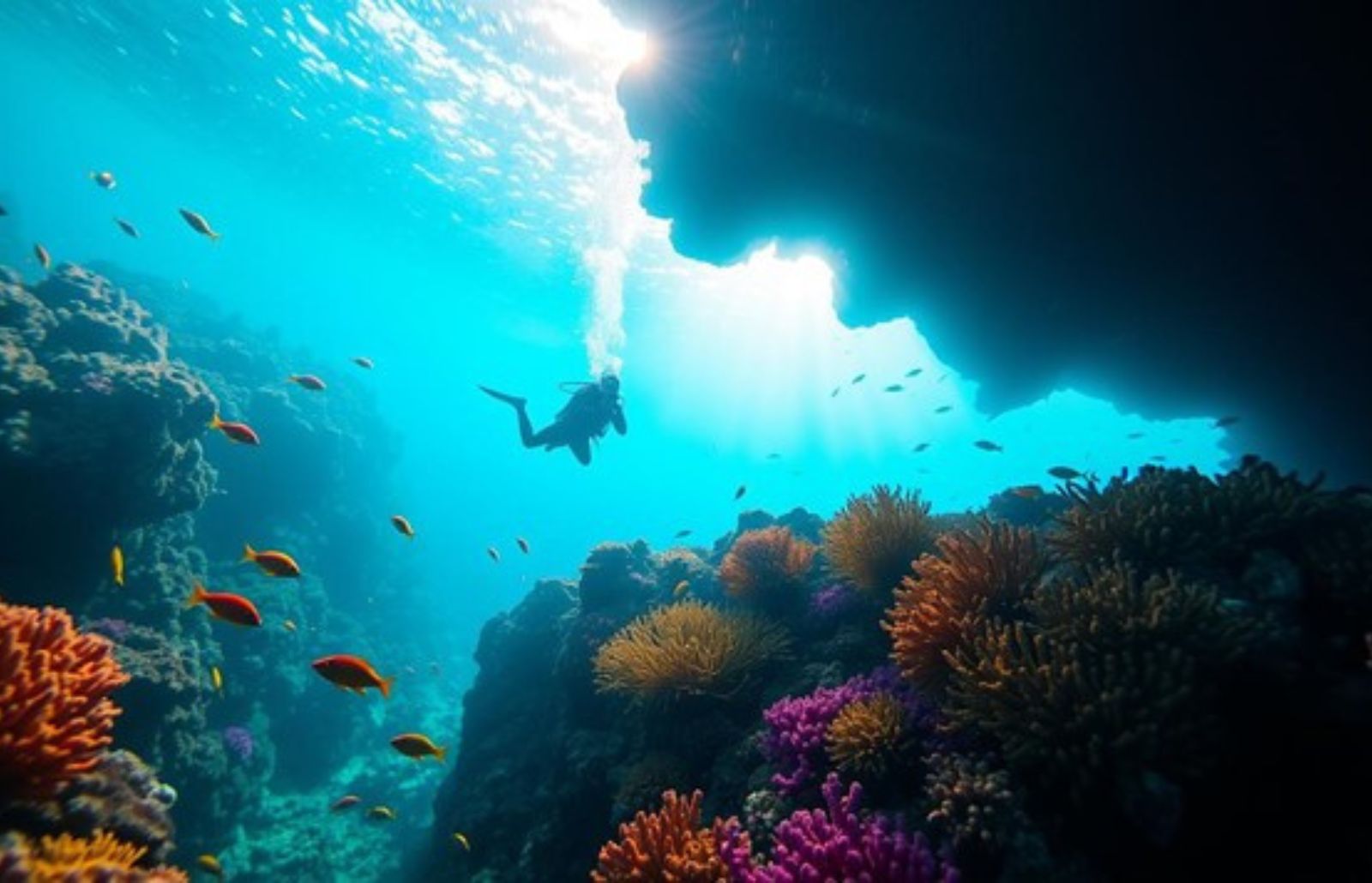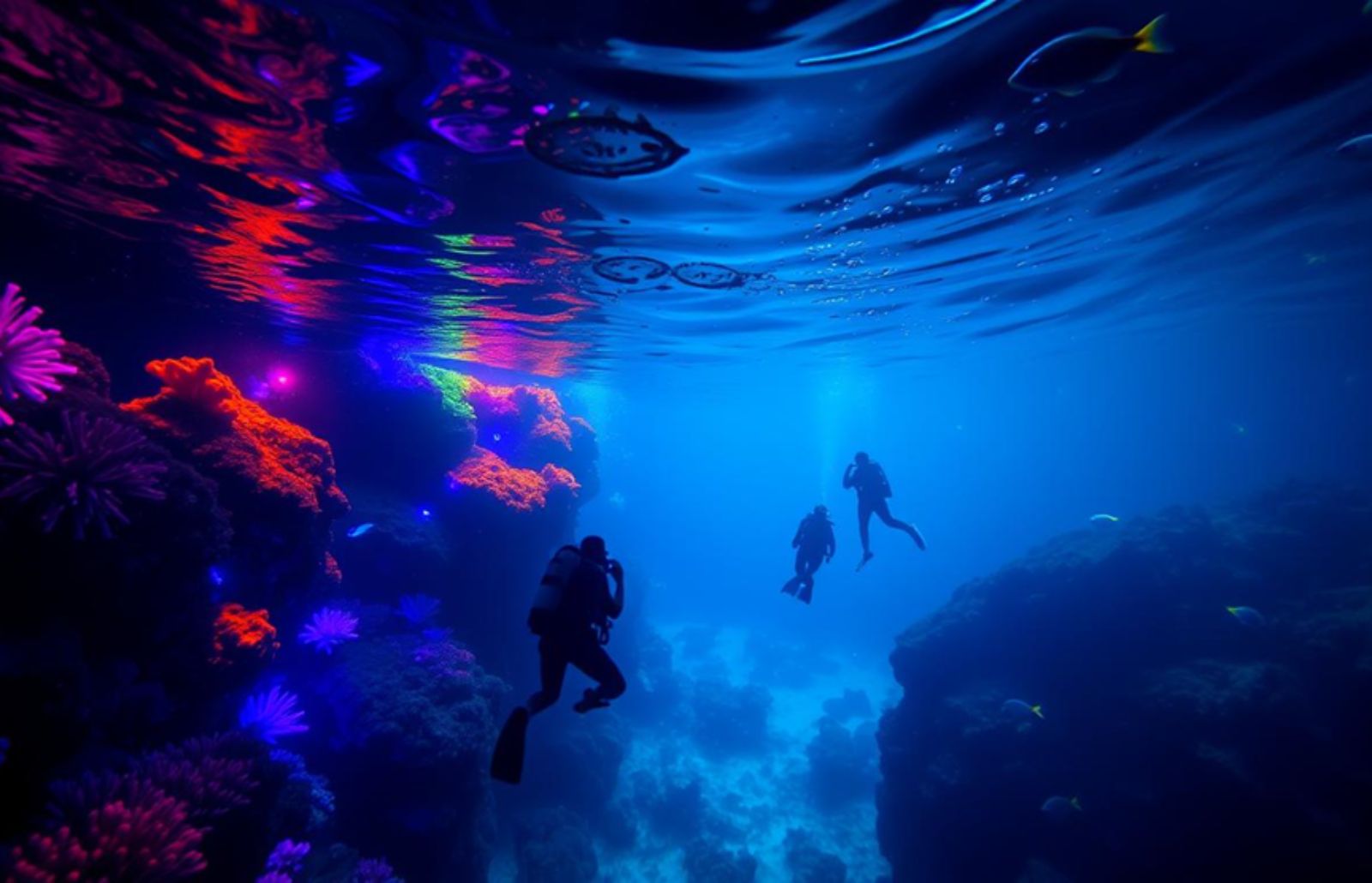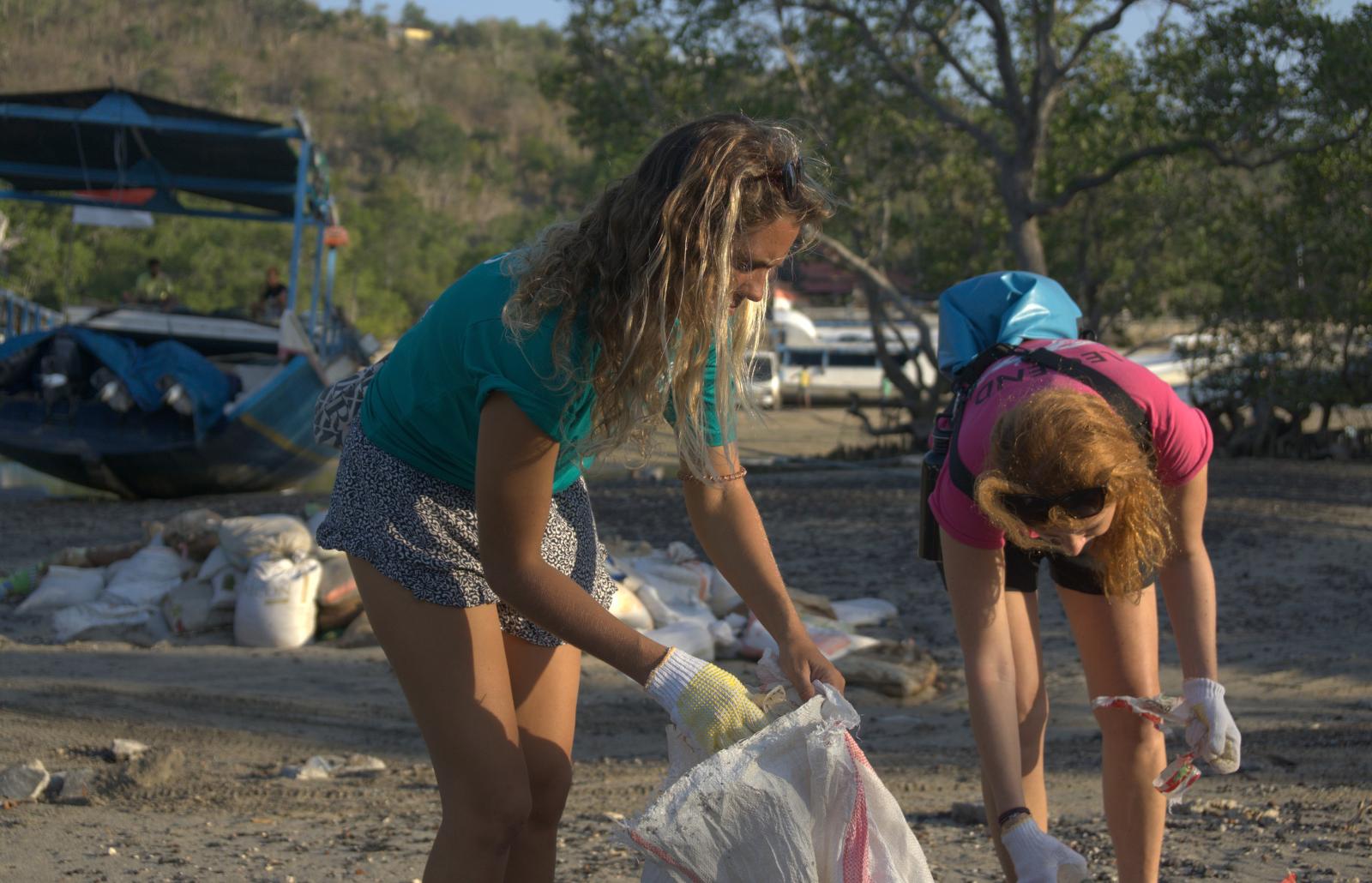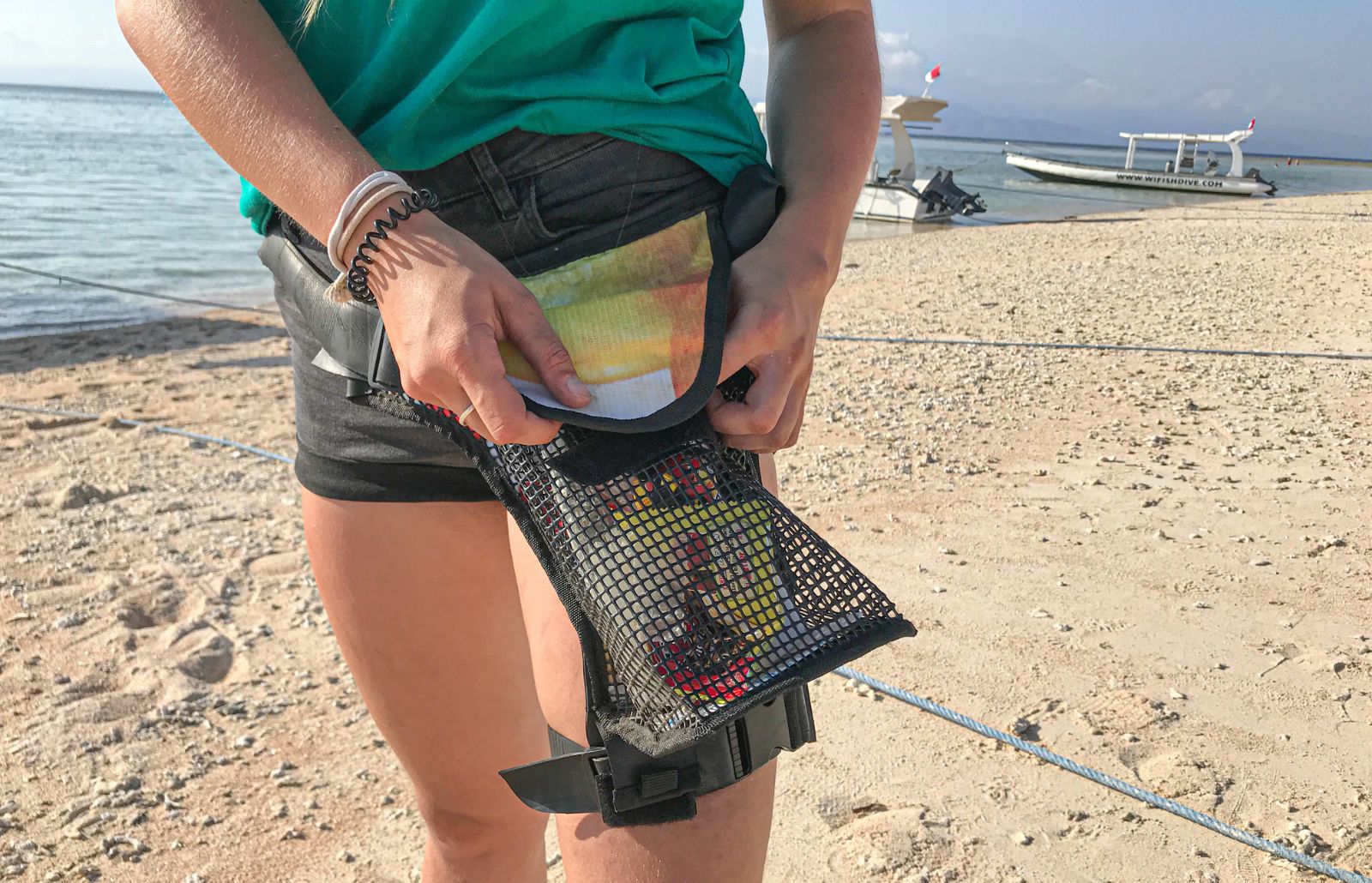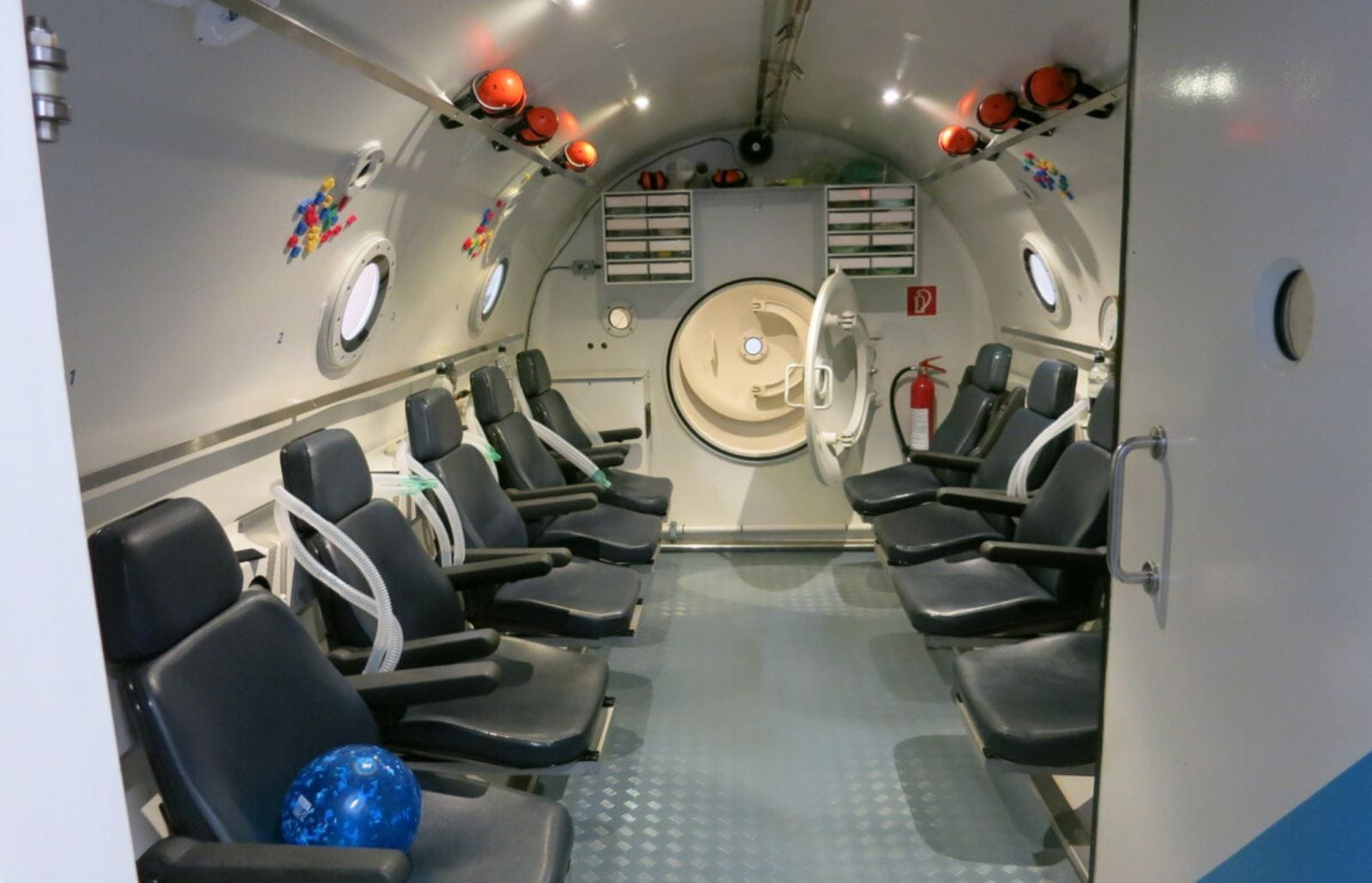
Decompression Scuba Diving – What Every Diver Should Know
Decompression Scuba Diving is an essential concept that touches every diver’s experience. Whether you’re just starting out or have clocked countless hours underwater, it’s important to understand this principle. The term primarily looks into the physiological changes that happen within our bodies as we go from the depths back to the surface. Factors like pressure differences play a significant role in these changes. If not managed correctly, it can lead to complications.
Hence, having a deep understanding of these changes and following the safety protocols are not only about sticking to best practices but are essential to ensuring each dive is both safe and enjoyable. Let’s explore the nitty-gritty of decompression sickness, shall we?
What is Decompression Sickness (DCS)?
You might’ve heard it being called “the bends,” but Decompression Sickness is more than just a catchy nickname; it’s a topic every diver should understand.
Decompression Sickness occurs when nitrogen bubbles form in the bloodstream. These bubbles typically appear due to two main reasons: ascending too quickly to the surface or not taking the necessary safety stops during a dive. These aren’t just harmless bubbles floating around – they can block blood vessels and may result in tissue damage.
Now, the symptoms of DCS can vary widely. Some people might experience joint pain, almost like an overenthusiastic workout aftermath, or even develop rashes. However, in more severe scenarios, the symptoms could escalate to conditions like paralysis and, in extreme cases, can even be fatal.
Tips to Prevent DCS
The underwater world is mesmerizing, and we all want to enjoy its beauty without any hiccups. Here’s a refresher on some best practices to help avoid decompression sickness.
Stick to Your Dive Plan.
Before we take the plunge, It is always necessary to plan your dive and, more importantly, stick to that plan. This includes being aware of how deep you’re going, how long you’re planning to stay down, and ensuring you take those all-important safety stops. This is especially vital if you’re diving deeper or hanging out with the fish for a longer time. It’s simple: Know your plan and follow it.
Monitor Your Ascent Rate
A gradual ascent is the way to go, so whenever you are going up to the surface, keep an eye on your dive computer. Most will advise you to ascend no faster than 18 meters (60 feet) per minute until you hit the 20-meter (66-foot) mark. From there, ease it back even further to 9 meters (30 feet) per minute as you get closer to the surface. Slow and steady wins the race!
Stay Hydrated
Water is the essence of life, both above and below the surface. Keeping yourself hydrated is just as important underwater as it is on a hot summer day at the beach. A well-hydrated body is like a well-oiled machine—it helps you off-gas nitrogen more efficiently, ultimately lowering your DCS risk. So, keep sipping that water and let your body do its thing!
By sticking to these tips, you’re setting yourself up for a safe and enjoyable dive.
Decompression Scuba Diving – What Every Diver Should Know
Decompression Scuba Diving is an essential concept that touches every diver’s experience. Whether you’re just starting out or have clocked countless hours underwater, it’s important to understand this principle. The term primarily looks into the physiological changes that happen within our bodies as we go from the depths back to the surface. Factors like pressure differences play a significant role in these changes. If not managed correctly, it can lead to complications.
Hence, having a deep understanding of these changes and following the safety protocols are not only about sticking to best practices but are essential to ensuring each dive is both safe and enjoyable. Let’s explore the nitty-gritty of decompression sickness, shall we?
What is Decompression Sickness (DCS)?
You might’ve heard it being called “the bends,” but Decompression Sickness is more than just a catchy nickname; it’s a topic every diver should understand.
Decompression Sickness occurs when nitrogen bubbles form in the bloodstream. These bubbles typically appear due to two main reasons: ascending too quickly to the surface or not taking the necessary safety stops during a dive. These aren’t just harmless bubbles floating around – they can block blood vessels and may result in tissue damage.
Now, the symptoms of DCS can vary widely. Some people might experience joint pain, almost like an overenthusiastic workout aftermath, or even develop rashes. However, in more severe scenarios, the symptoms could escalate to conditions like paralysis and, in extreme cases, can even be fatal.
Tips to Prevent DCS
The underwater world is mesmerizing, and we all want to enjoy its beauty without any hiccups. Here’s a refresher on some best practices to help avoid decompression sickness.
Stick to Your Dive Plan.
Before we take the plunge, It is always necessary to plan your dive and, more importantly, stick to that plan. This includes being aware of how deep you’re going, how long you’re planning to stay down, and ensuring you take those all-important safety stops. This is especially vital if you’re diving deeper or hanging out with the fish for a longer time. It’s simple: Know your plan and follow it.
Monitor Your Ascent Rate
A gradual ascent is the way to go, so whenever you are going up to the surface, keep an eye on your dive computer. Most will advise you to ascend no faster than 18 meters (60 feet) per minute until you hit the 20-meter (66-foot) mark. From there, ease it back even further to 9 meters (30 feet) per minute as you get closer to the surface. Slow and steady wins the race!
Stay Hydrated
Water is the essence of life, both above and below the surface. Keeping yourself hydrated is just as important underwater as it is on a hot summer day at the beach. A well-hydrated body is like a well-oiled machine—it helps you off-gas nitrogen more efficiently, ultimately lowering your DCS risk. So, keep sipping that water and let your body do its thing!
By sticking to these tips, you’re setting yourself up for a safe and enjoyable dive.
Recognizing and Responding to DCS
Navigating the depths of our oceans is a remarkable experience, but it’s vital to remain vigilant about potential risks. Decompression Sickness requires both awareness and prompt action.
Know the Symptoms
It’s crucial to familiarize yourself with the various symptoms of DCS to respond effectively:
- Joint Pain: This is perhaps the most commonly associated symptom with DCS. It’s not just typical soreness; it’s a distinct discomfort that stands out.
- Fatigue: A dive can be tiring, but if you feel excessively drained or weary post-dive, it could signal DCS.
- Dizziness: A bit of disorientation after resurfacing can happen, but persistent dizziness shouldn’t be brushed off.
- Breathing Issues: If you notice unusual shortness of breath after your dive, it’s essential to pay attention and take it seriously.
- Skin Concerns: Itching or the appearance of a blotchy rash can also indicate DCS.
- Severe Symptoms: While less common, symptoms like chest pain, paralysis, or unconsciousness are very serious and necessitate immediate medical attention.
Recognizing and Responding to DCS
Navigating the depths of our oceans is a remarkable experience, but it’s vital to remain vigilant about potential risks. Decompression Sickness requires both awareness and prompt action.
Know the Symptoms
It’s crucial to familiarize yourself with the various symptoms of DCS to respond effectively:
- Joint Pain: This is perhaps the most commonly associated symptom with DCS. It’s not just typical soreness; it’s a distinct discomfort that stands out.
- Fatigue: A dive can be tiring, but if you feel excessively drained or weary post-dive, it could signal DCS.
- Dizziness: A bit of disorientation after resurfacing can happen, but persistent dizziness shouldn’t be brushed off.
- Breathing Issues: If you notice unusual shortness of breath after your dive, it’s essential to pay attention and take it seriously.
- Skin Concerns: Itching or the appearance of a blotchy rash can also indicate DCS.
- Severe Symptoms: While less common, symptoms like chest pain, paralysis, or unconsciousness are very serious and necessitate immediate medical attention.
Immediate First Aid If you or a fellow diver suspects DCS
We prioritize your safety above all else at Legend Diving Lembongan and our sister shop, Legend Diving Penida. Our team is trained to recognize and respond to DCS and other diving-related emergencies.
We ensure that every diver is well-informed about the risks and precautions linked with decompression scuba diving. Our goal is to provide you with unforgettable underwater experiences without compromising on safety.
Going Pro
If you are lucky enough to be making a career out of scuba diving, we want you to enjoy the ocean’s wonders with peace of mind. That’s why our Divemaster and IDC programs are tailored to make safety easy to understand and apply.
We break down the science of Decompression Sickness, teaching you not just what it is, but how to prevent it and handle it if it ever arises.
With our training, you’ll be ready to explore with your guests and students, confidently, knowing you’re well-prepared for any challenges that come your way.
Immediate First Aid If you or a fellow diver suspects DCS
We prioritize your safety above all else at Legend Diving Lembongan and our sister shop, Legend Diving Penida. Our team is trained to recognize and respond to DCS and other diving-related emergencies.
We ensure that every diver is well-informed about the risks and precautions linked with decompression scuba diving. Our goal is to provide you with unforgettable underwater experiences without compromising on safety.
Going Pro
If you are lucky enough to be making a career out of scuba diving, we want you to enjoy the ocean’s wonders with peace of mind. That’s why our Divemaster and IDC programs are tailored to make safety easy to understand and apply.
We break down the science of Decompression Sickness, teaching you not just what it is, but how to prevent it and handle it if it ever arises.
With our training, you’ll be ready to explore with your guests and students, confidently, knowing you’re well-prepared for any challenges that come your way.
In Conclusion
Decompression Scuba Diving is a risk every diver should be aware of, but with the right knowledge and precautions, it’s completely avoidable. By understanding the principles of decompression scuba diving, monitoring your dives, and knowing how to respond to emergencies, you can enjoy the wonders of the underwater world in peace.
Dive with us at Legend Diving, where every dive is an adventure, and safety always comes first.
Nusa Lembongan is renowned for its exhilarating water activities. The pristine waters and diverse marine life make it a sought-after destination for those eager to experience the ocean’s wonders.
In Conclusion
Decompression Scuba Diving is a risk every diver should be aware of, but with the right knowledge and precautions, it’s completely avoidable. By understanding the principles of decompression scuba diving, monitoring your dives, and knowing how to respond to emergencies, you can enjoy the wonders of the underwater world in peace.
Dive with us at Legend Diving, where every dive is an adventure, and safety always comes first.
Nusa Lembongan is renowned for its exhilarating water activities. The pristine waters and diverse marine life make it a sought-after destination for those eager to experience the ocean’s wonders.
Join our mailing list today
Join our community! Subscribe to our blog for fresh content delivered straight to your inbox
Be part of our community and stay updated with the latest insights! Subscribe to our blog for fresh news, tips, and insights delivered straight to your inbox. Join us on our journey and be the first to know about our updates, events, and special offers. Don't miss out!
Join our mailing list today
Join our community! Subscribe to our blog for fresh content delivered straight to your inbox
Be part of our community and stay updated with the latest insights! Subscribe to our blog for fresh news, tips, and insights delivered straight to your inbox. Join us on our journey and be the first to know about our updates, events, and special offers. Don't miss out!

